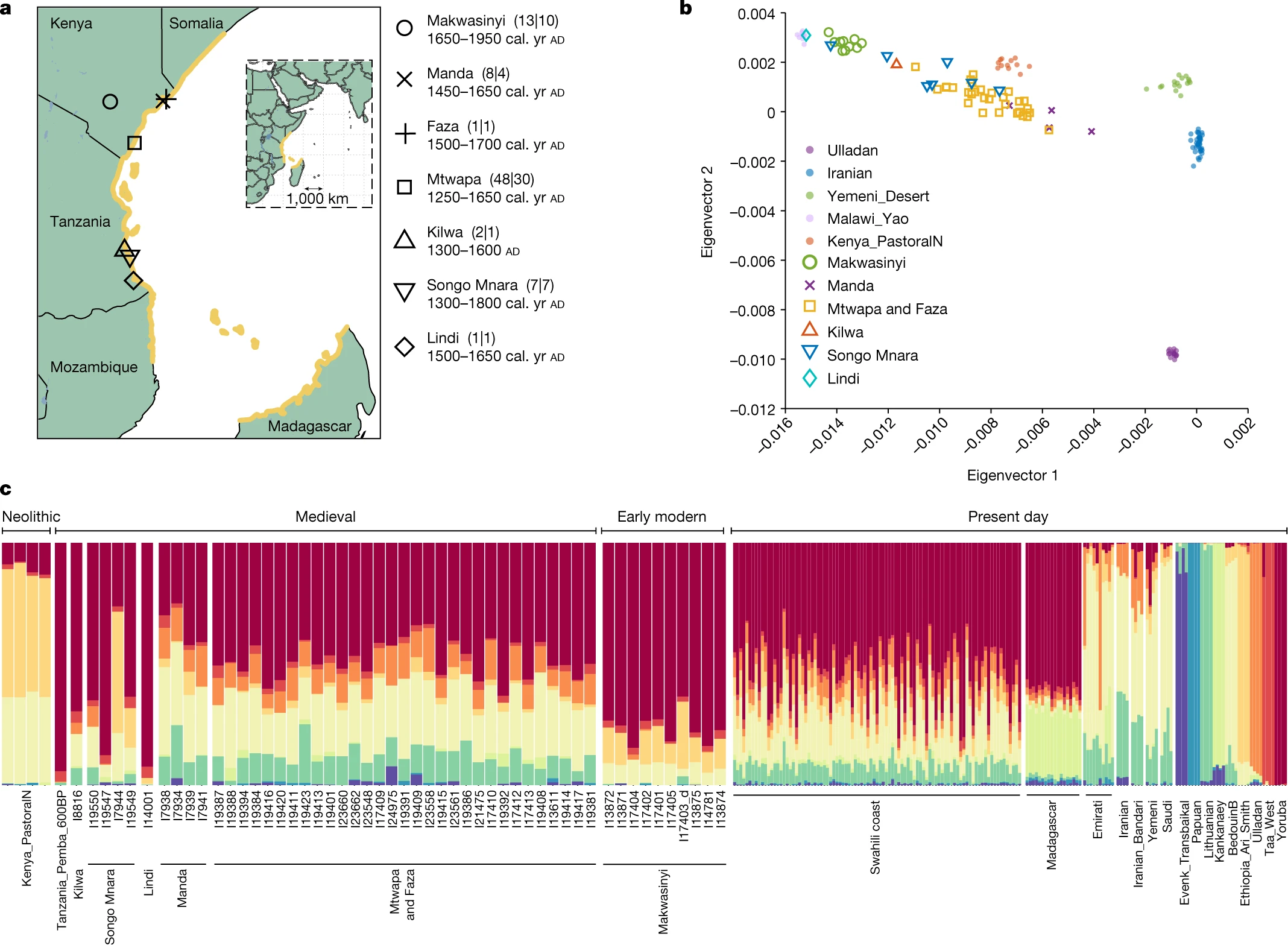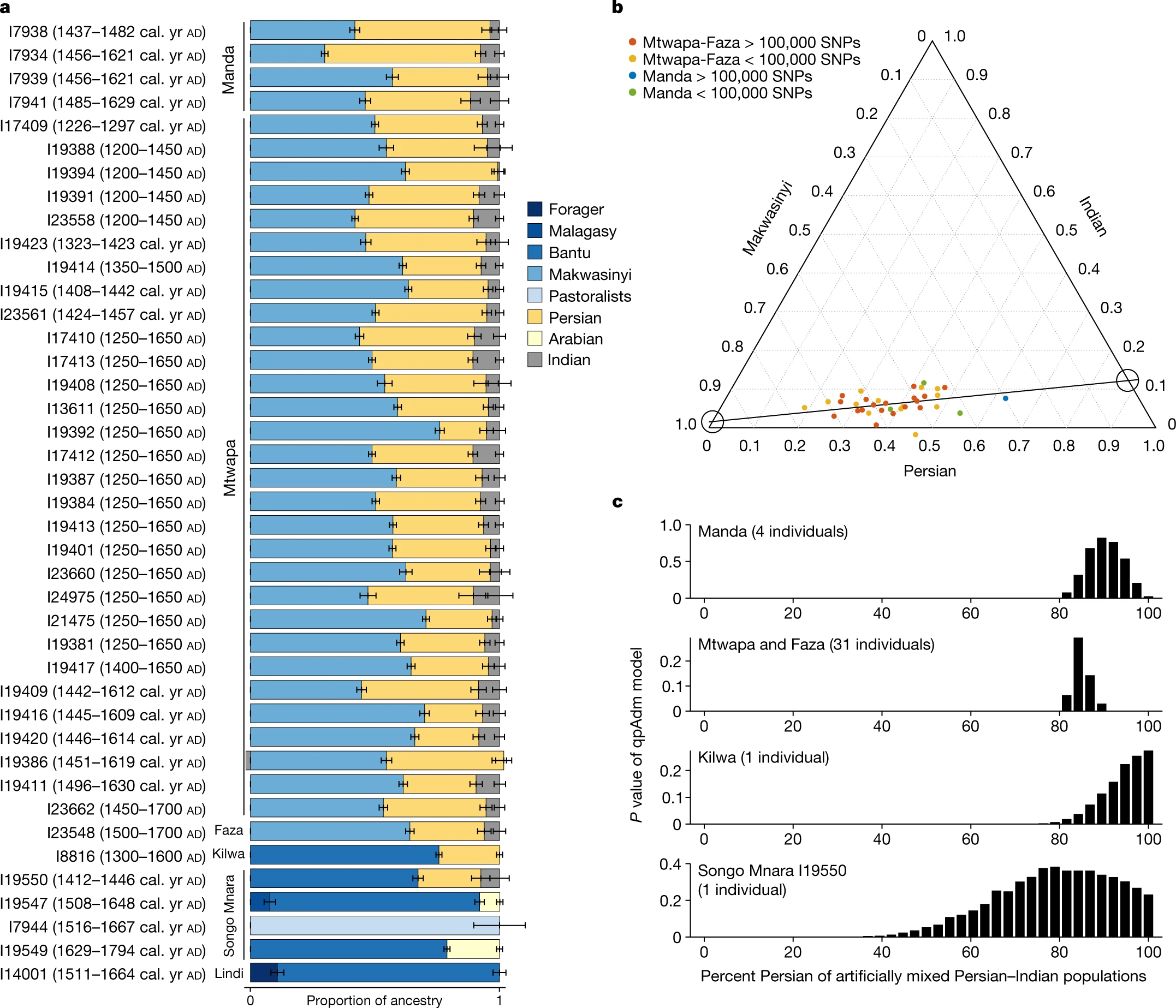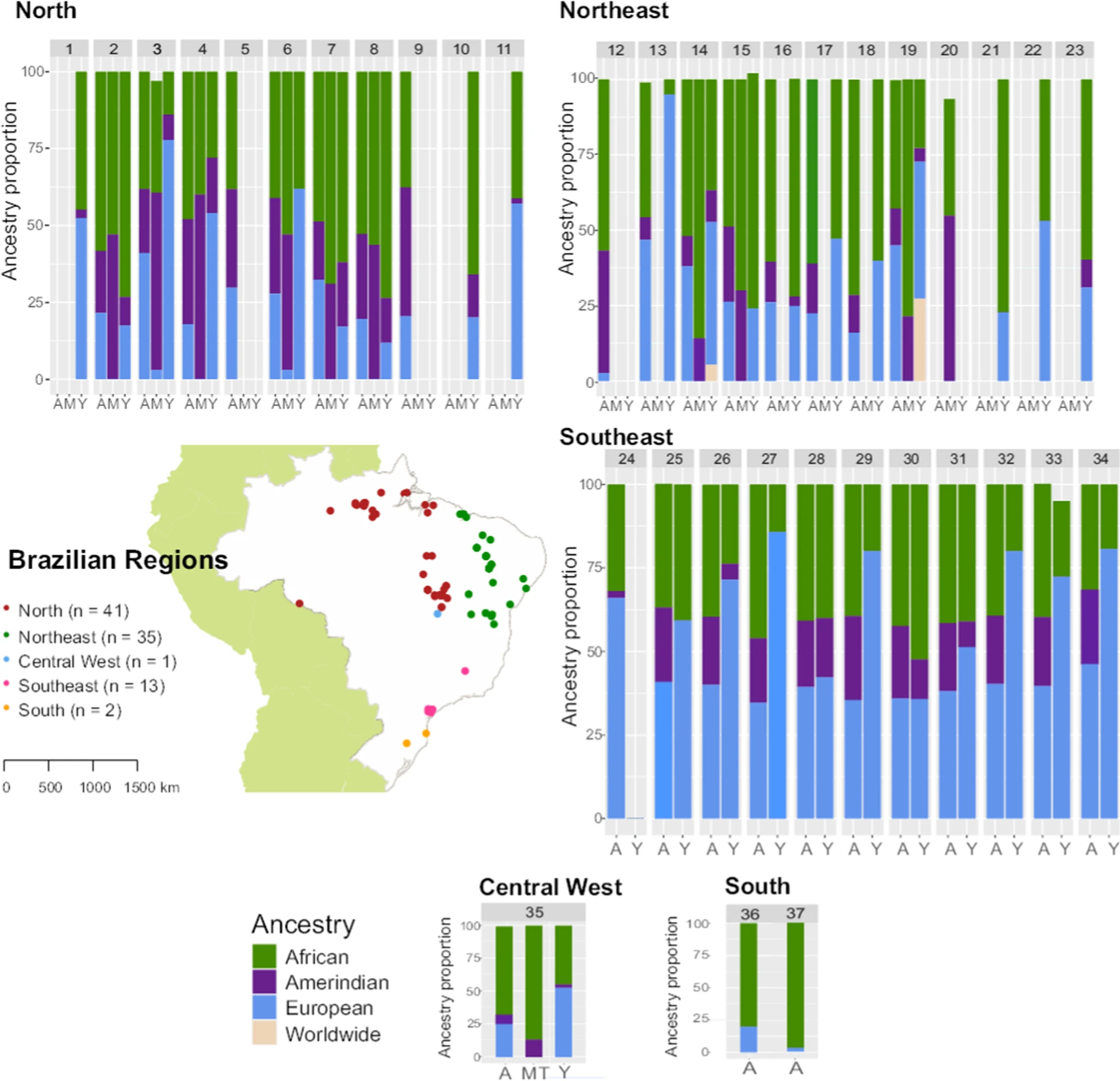The Wall Is Undefeated!
Superstar
As the title says.
Post genetic ancestry papers about the African Diaspora. Aframs, Nigerians, Somalis, Dominicans (Mi no black, papi ), Jamaicans, Afro-Brazillians, Haitians, Congolese, Kenyans and you know the rest.
), Jamaicans, Afro-Brazillians, Haitians, Congolese, Kenyans and you know the rest.
I'll kick off the thread with this. Shout out to the Dominicans (Mi no black, papi )
)
Y Haplogroup Diversity of the Dominican Republic: Reconstructing the Effect of the European Colonization and the Trans-Atlantic Slave Trade.
I'm actually shocked at the bolded parts. I didn't think that ~40% of Dominican men would carry SSA Y-DNA haplogroups. Or that any Dominican man would carry Amerindian Y-DNA. Not shocked by the Mt-DNA haplogroups.



Post genetic ancestry papers about the African Diaspora. Aframs, Nigerians, Somalis, Dominicans (Mi no black, papi
 ), Jamaicans, Afro-Brazillians, Haitians, Congolese, Kenyans and you know the rest.
), Jamaicans, Afro-Brazillians, Haitians, Congolese, Kenyans and you know the rest.I'll kick off the thread with this. Shout out to the Dominicans (Mi no black, papi
 )
) Y Haplogroup Diversity of the Dominican Republic: Reconstructing the Effect of the European Colonization and the Trans-Atlantic Slave Trade.
Abstract
The Dominican Republic is one of the two countries on the Hispaniola island, which is part of the Antilles. Hispaniola was affected by the European colonization and massive deportation of African slaves since the XVI century and these events heavily shaped the genetic composition of the present-day population. To shed light about the effect of the European rules, we analyzed 92 single nucleotide polymorphisms on the Y chromosome in 182 Dominican individuals from three different locations. The Dominican Y haplogroup composition was characterized by an excess of northern African/European lineages (59%), followed by the African clades (38%), whereas the Native-American lineages were rare (3%). The comparison with the mitochondrial DNA variability, dominated by African clades, revealed a sex-biased admixture pattern, in line with the colonial society dominated by European men. When other Caribbean and non-Caribbean former colonies were also considered, we noted a difference between territories under Spanish rule (like the Dominican Republic) and British/French rule, with the former characterized by an excess of European Y lineages reflecting the more permissive Iberian legislation about mixed people and slavery. Finally, we analyzed the distribution in Africa of the Dominican lineages with a putative African origin, mainly focusing on central and western Africa, which were the main sources of African slaves. We found that most (83%) of the African lineages observed in Santo Domingo have a central African ancestry, suggesting that most of the slaves were deported from regions.
I'm actually shocked at the bolded parts. I didn't think that ~40% of Dominican men would carry SSA Y-DNA haplogroups. Or that any Dominican man would carry Amerindian Y-DNA. Not shocked by the Mt-DNA haplogroups.












